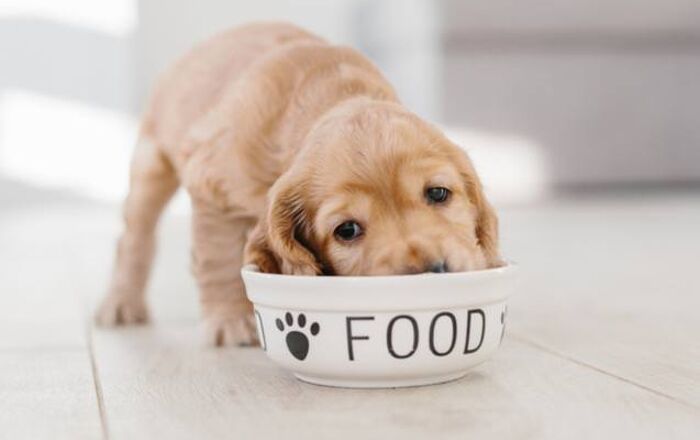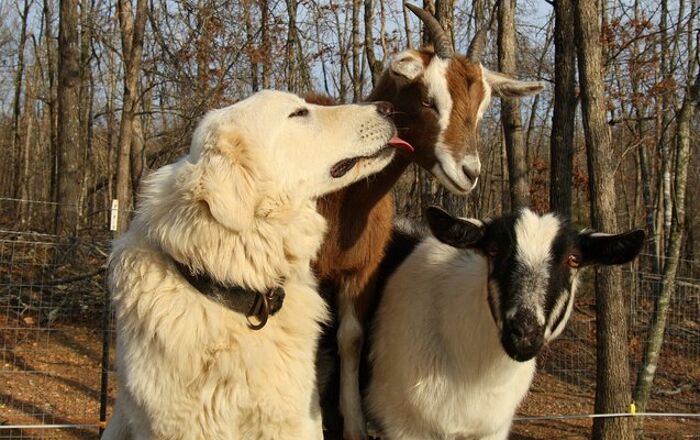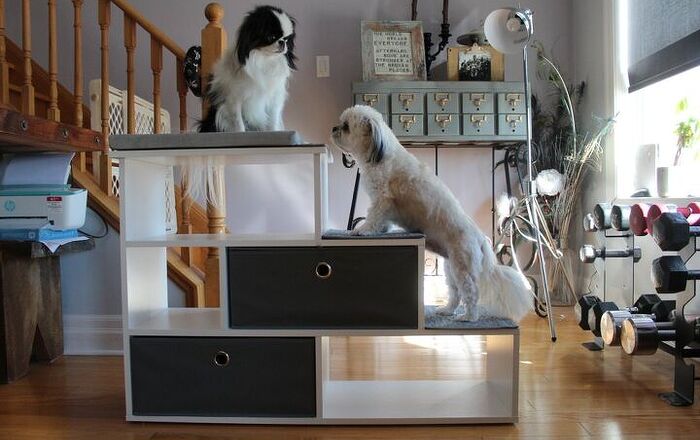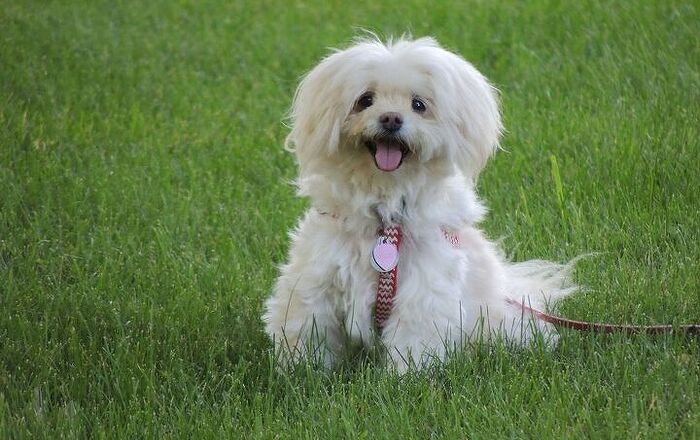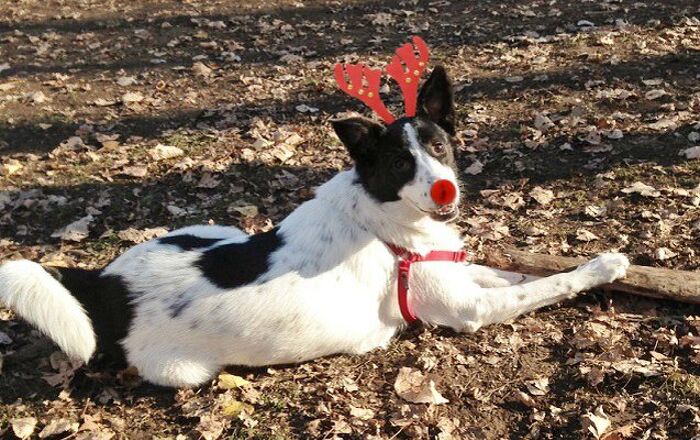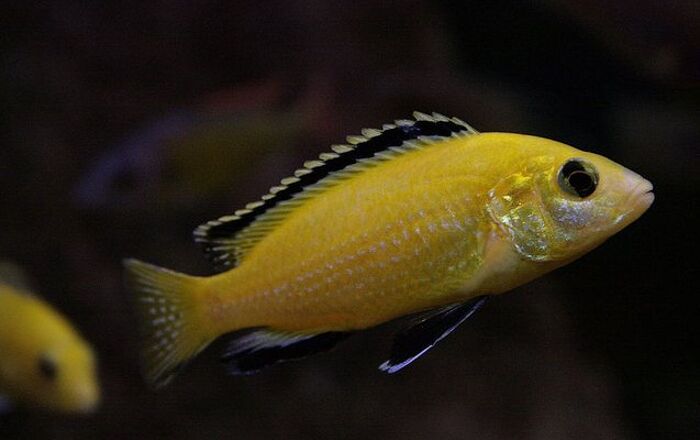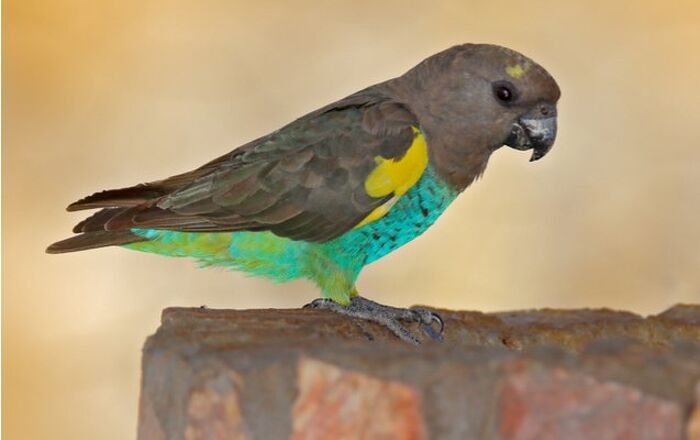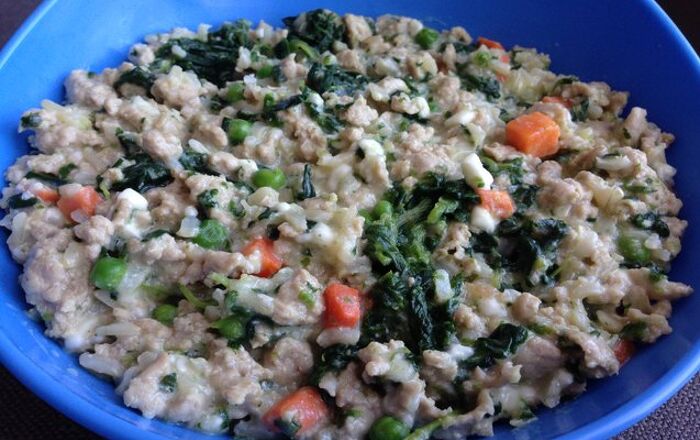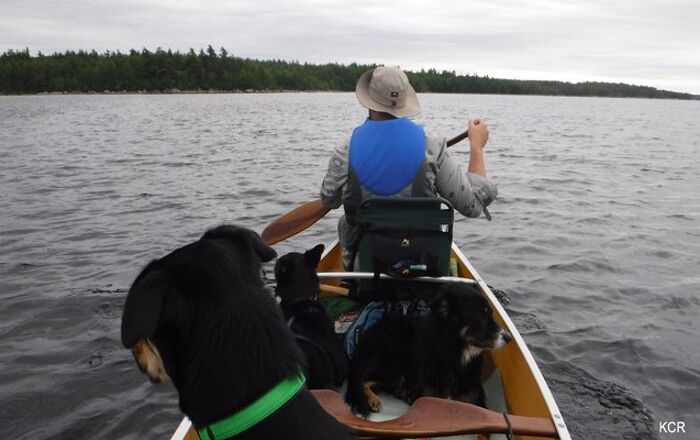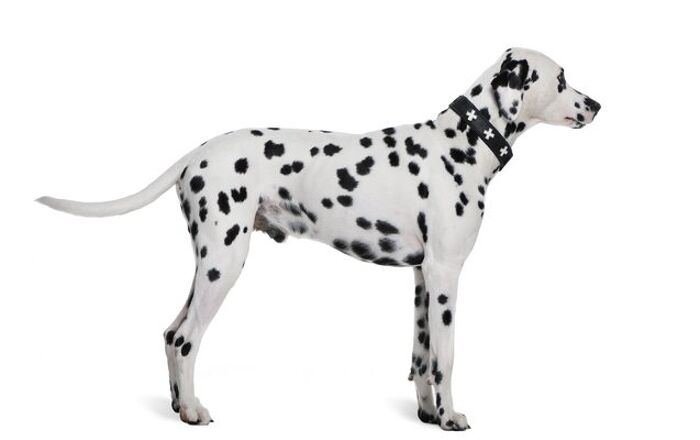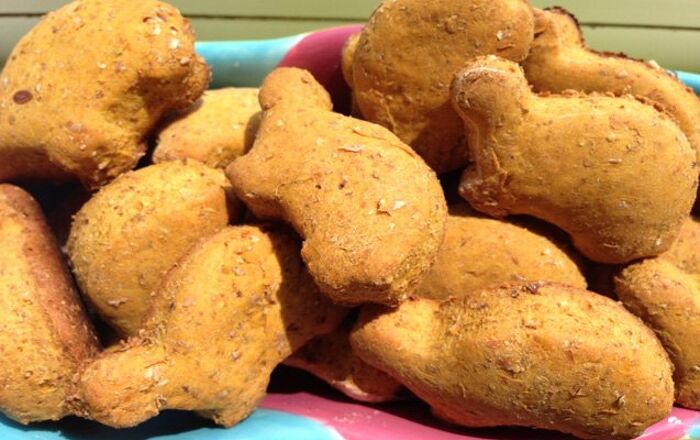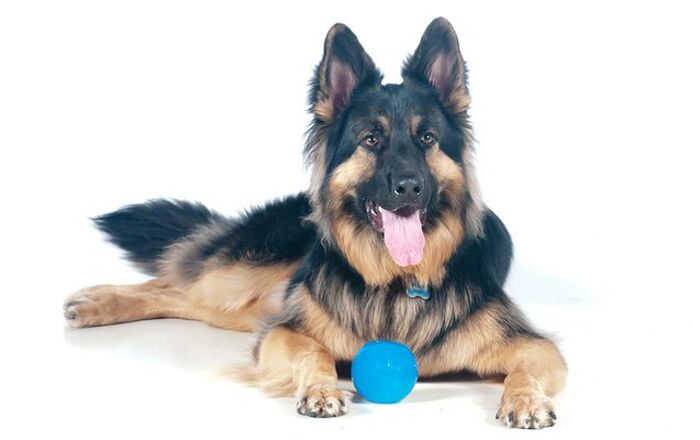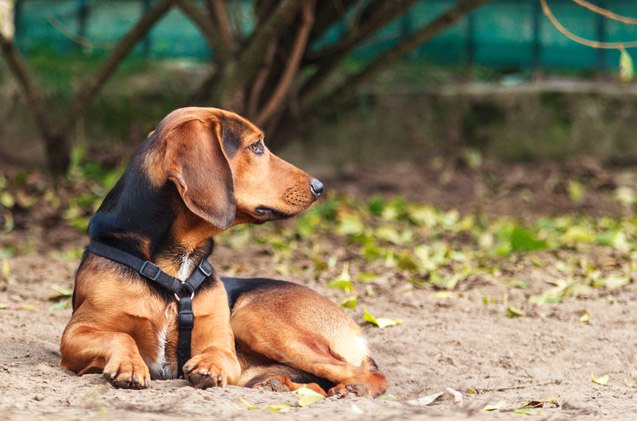
Tyrolean Hound Basics
Also known as the Tyroler Bracke, the Tyrolean Hound is a unique breed thought to have descended from the legendary Celtic Hounds. These dogs are prized for their scenting skills and their ability to withstand rough conditions. These dogs have high exercise requirements but, as long as those needs are met, they can be wonderful family pets.
Also known as the Tyroler Bracke, the Tyrolean Hound is known for its scenting skill and ability to withstand rough conditions.
Origin
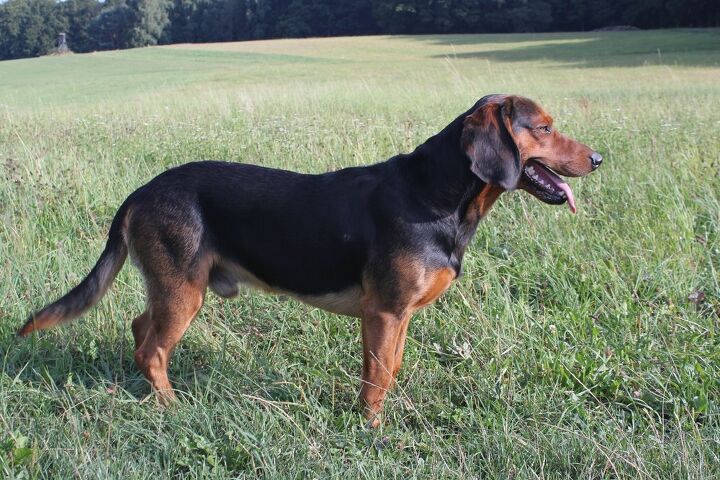
The Tyrolean Hound was developed in Tryol in the late 1800s. Descended from ancient Celtic hounds, this breed was developed from the old Bracke hounds in the Tyrol region. Breeding began in 1860 and the first standard for the breed was published in 1896. These dogs were bred for their hunting ability and their stamina – they were also bred to work tirelessly in cold, harsh conditions. The modern Tyrolean Hound is an excellent hunting dog for mountains and wooded terrain, used to hunt fox, hare, and other game. They are also used to track wounded game. Though the Tyrolean Hound has yet to be recognized by the AKC, it was recognized by the UKC in 2006 and is a member of the FCI’s scent hound group (Group 6).
Pedigree
The Tyrolean Hound was developed from ancient Celtic hounds including old Bracke hounds.
Food/Diet
As a medium-sized dog, the Tyrolean Hound should be fed a high-quality dry food formulated for adult dogs. Because this breed was developed specifically for hunting, however, he may do well on an active or working breed formula. Just keep an eye on your dog’s weight and body composition to ensure that he doesn’t gain too much weight.
Tyrolean Hounds are alert and lively, though they may be a bit wary of strangers.
Training
Because the Tyrolean Hound is highly intelligent, training is usually easy to do. These are hounds, however, so be prepared for a little stubbornness from time to time. The best thing you can do is use positive reinforcement training methods and maintain a firm and consistent hand in leadership. You do not need to use force or punishment, but be a strong leader for your dog. You should start training from a young age and keep socializing your dog throughout his life.
Weight
The Tyrolean Hound is a medium- to large-sized dog, standing between 18.5 and 24 inches tall and weighing 35 to 60 pounds at maturity. Females of the breed tend to be a little smaller than males, growing 16.5 to 19 inches tall.
Temperament/Behavior
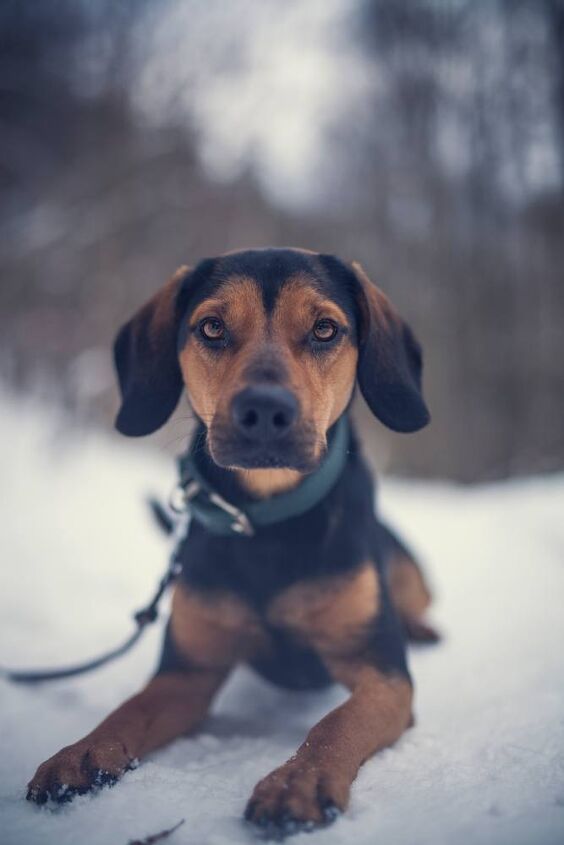
The Tyrolean Hound is by no means an aggressive or ill-tempered breed, but they can sometimes be tricky for inexperienced dog owners. This breed was developed for hunting, so he can be a little stubborn at times. Generally speaking, however, he is alert and lively, though he may be a bit wary of strangers. The Tyrolean Hound doesn’t like to be restricted to small spaces or left alone for long periods of time – he enjoys spending time with family and tends to form strong bonds, even with children. If you have a lot of space and time to devote to him, the Tyrolean Hound makes a good family pet.
Common Health Problems
The Tyrolean Hound is a robust breed and generally healthy. Even so, all dogs are prone to developing certain health problems. Some of the problems most commonly seen in Tyrolean Hounds include hip dysplasia, field injuries, and bloat. This breed may also be prone to ear infections because its ears hang down low.
Life Expectancy
The average lifespan for the Tyrolean Hound is thought to be about 12 to 14 years which is fairly long for a breed of its size. Feeding your Tyrolean Hound a healthy, high-quality diet will help to maximize his lifespan, as are regular vet checkups.
Exercise Requirements
The Tyrolean Hound has high exercise requirements, though he doesn’t tend to be hyperactive. These dogs require at least a brisk 30-minute walk once a day, though they will also appreciate having a fenced yard in which to run and play. Hunting training can also provide some additional exercise.
Because the Tyrolean Hound is highly intelligent, training is usually easy to do.
Recognized Clubs
The Tyrolean Hound is not currently recognized by the AKC but he is recognized by the FCI in Group 6 as a Scenthound.
Coat
The Tyrolean Hound has a thick, double coat in which the undercoat is coarse rather than fine. The most common coat colors are red, black, tan, and tri-color with or without white markings. Grooming the Tyrolean Hound is fairly easy because of its short, smooth coat – they really only need to be brushed once a week. Bathe your dog only when necessary if he gets dirty in the field. Too much bathing can dry out his skin.
Puppies
The average litter size for the Tyrolean Hound is 6 to 8 which is fairly large for a dog. Because this breed exceeds 50 pounds at maturity, you need to make sure that puppies do not grow too quickly – excess growth can predispose a dog to musculoskeletal issues in adulthood. Start with a high-quality puppy food and switch to an adult recipe around 12 months.
Photo credit: michaelstephan-fotografie/Shutterstock; piquenique/Shutterstock; Lichtflut/Shutterstock

